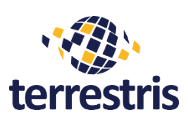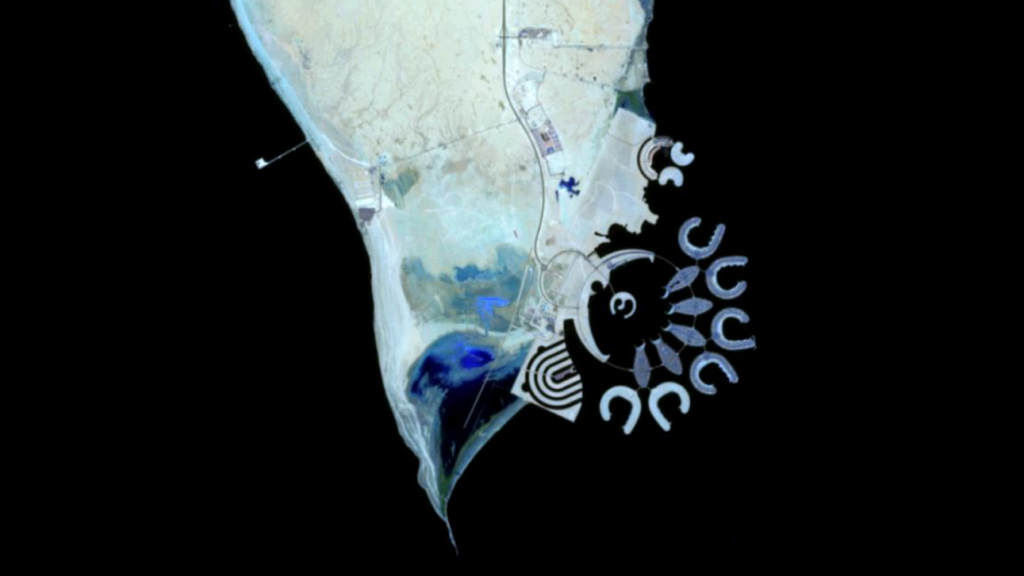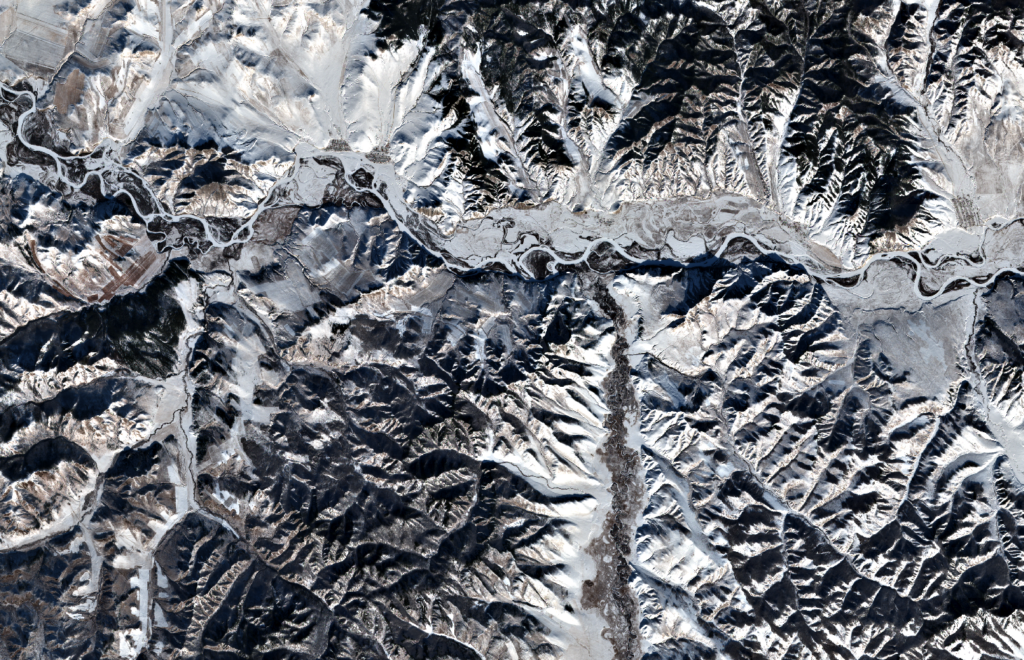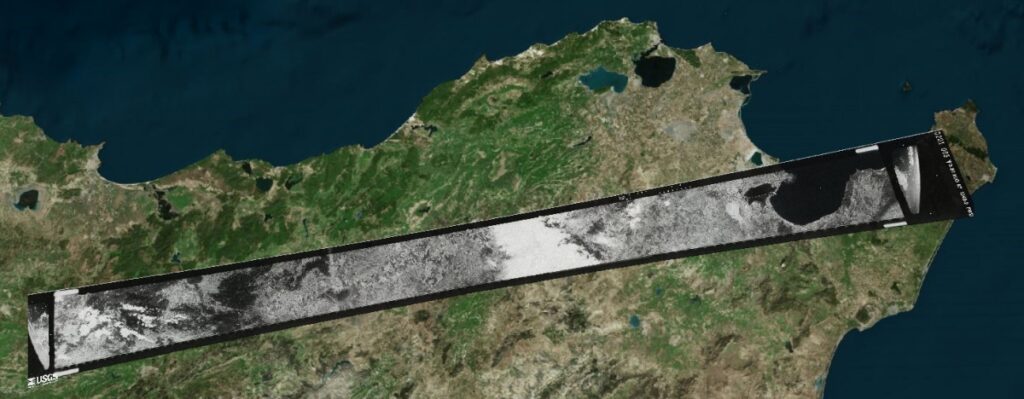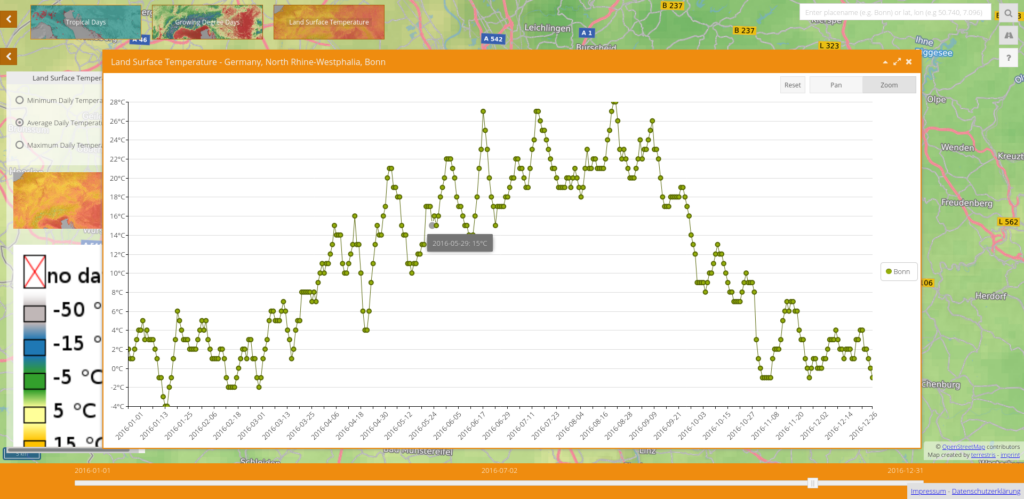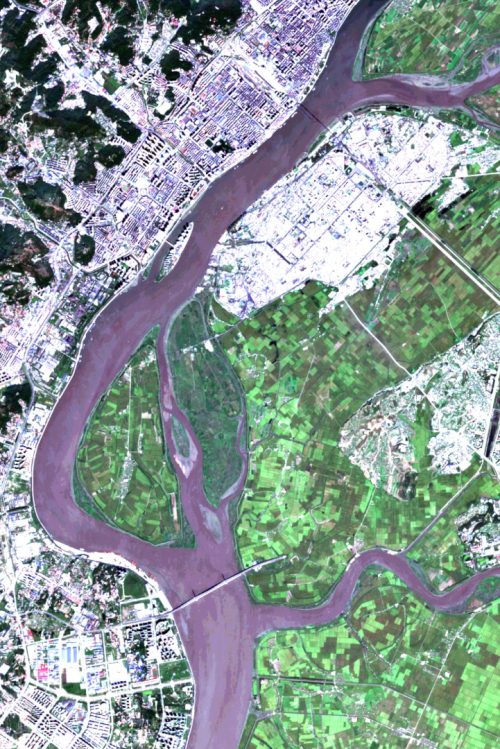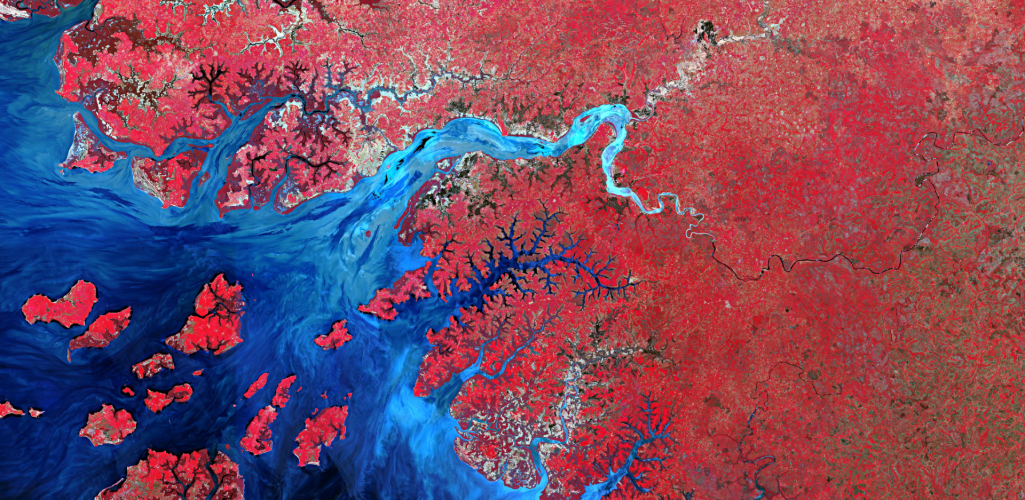Our consulting portfolio, which we always tailor to your individual needs, puts you at the center of everything we do: from selecting and implementing customized Free and Open Source Software (FOSS) solutions for remote sensing and geospatial data analysis to helping you migrate from proprietary to Free Software. In doing so, we always pay attention to optimizing your workflows through targeted adjustments and improvements.
In the context of open source, we also focus on the development and customization of tailor-made software that is perfectly suited to your specific requirements. To ensure the seamless integration of your software into existing systems and workflows, we offer professional support. Finally, we round out our offering with technical support and maintenance services to ensure you always have the latest updates and functionality. Our goal is to provide you with end-to-end solutions that are tailored to your specific needs and accompany you on your way to a technologically more efficient and flexible future.
